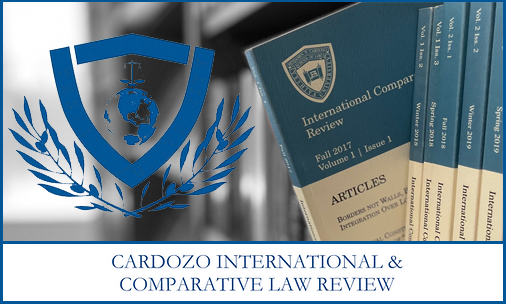Document Type
Blog Post
Publication Date
3-8-2021
Graduation Year
2022
Abstract
Occupying nearly the entire Asian landmass, China is the largest of all Asian countries and boasts the largest population in the world. In the northwest area of China, nestled between mountains and deserts, is the Xinjiang region, which takes up just one-sixth of China’s mainland. The Xinjiang region is of economic and geopolitical importance to China because the land is rich in oil, produces the vast majority of China’s cotton, and “is a key part of the country’s Belt and Road Initiative.” The region borders several countries, including Afghanistan, Russia, Pakistan, India, Magnolia, Kazakhstan, Kyrgyzstan, and Tajikistan, forcing China to long prioritize the need for stability in the region. There was much international attention to this remote area when the Chinese government implemented a “sweeping crackdown” to assimilate the Uighurs, a mostly Muslim ethnic minority group.
This post was originally published on the Cardozo International & Comparative Law Review website on March 8, 2021. The original post can be accessed via the Archived Link button above.
Recommended Citation
Kellett, Cameron, "The Uighurs in China" (2021). Cardozo International & Comparative Law Review Blog. 16.
https://larc.cardozo.yu.edu/ciclr-online/16


